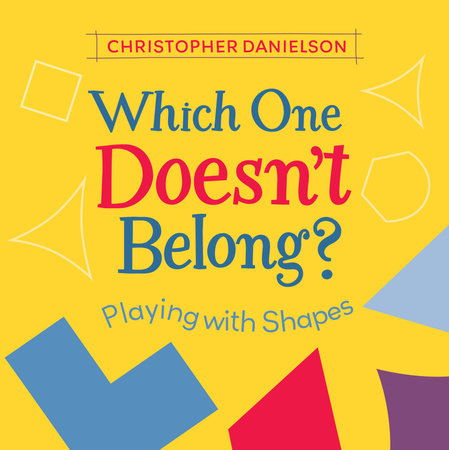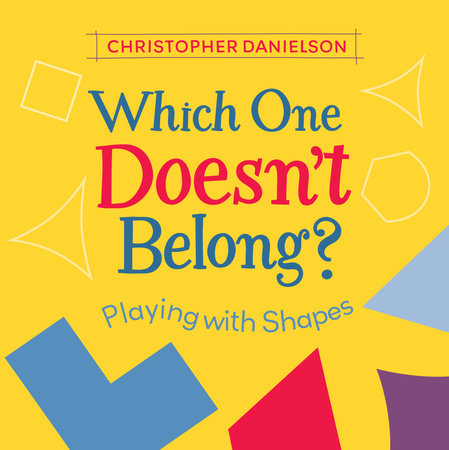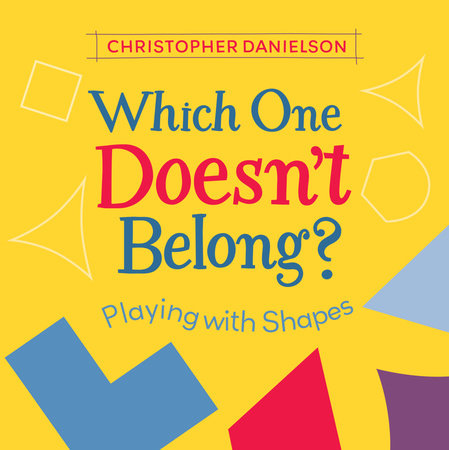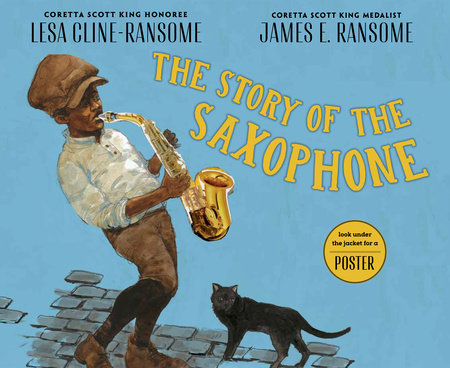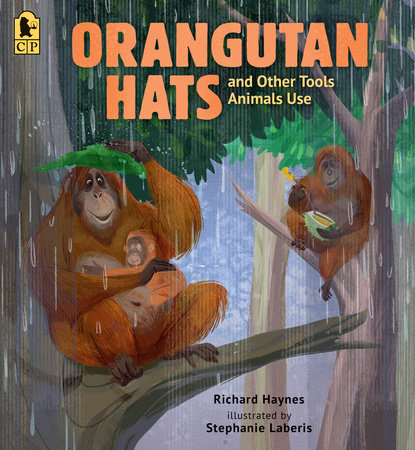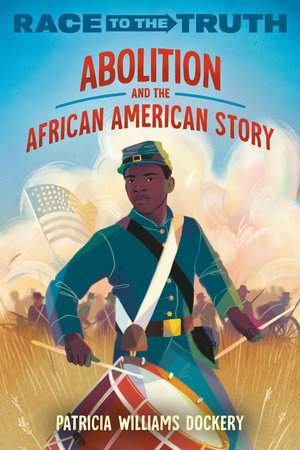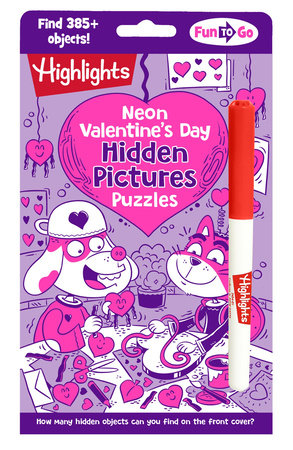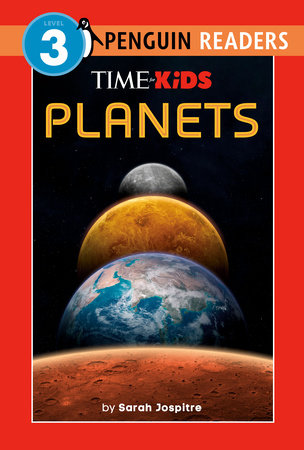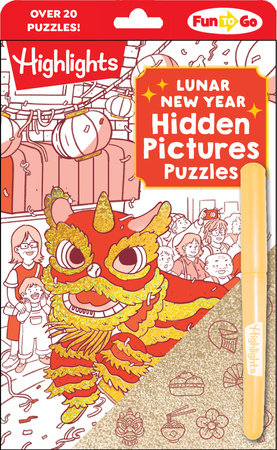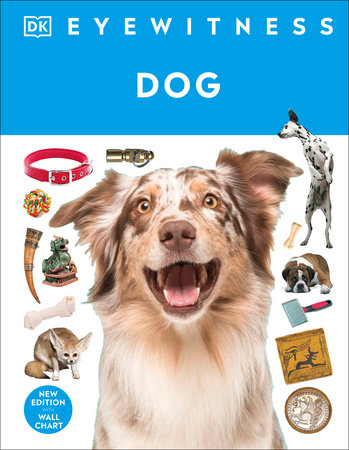♦ A math concept book that encourages creative thinking and celebrates all answers, as none are wrong! A lengthy introduction of five and a half spreads introduces readers to the kind of mathematical thinking Danielson is encouraging. The first spread matches the final ones and presents four shapes, asking readers: “Which one doesn’t belong? Why?” The next spreads explain how every answer is correct—one needs only to support it. Is it the triangle among the quadrilaterals? The one shape that is an outline instead of a solid color? Nine spreads then follow that each present kids with four new shapes and the same questions, bold colors attracting and holding interest as kids pore over the similarities and differences. The author’s note emphasizes that “All properties count here; all ideas matter….You’re thinking in a mathy way when you notice sameness and difference for one property at a time.” And refreshingly, Danielson doesn’t care about technical language—observations trump terms, so don’t worry about describing them as “smooshed…dented…or colored in”; just describe them. This is one shape book that will both challenge readers’ thinking and encourage them to think outside the box.
—Kirkus Reviews, STARRED review
If I had to choose only one book from this list to give to a kid in my life, this might be the one. It allows children to do mathematics in a really exciting way that mimics what mathematicians do. They discuss math with colleagues; they create arguments about their findings. This book, which seems simple on the surface — find the shape that doesn’t belong — creates rich scenarios with multiple possibilities for correct answers. The explanation is more important than the answer, which is how deep understanding of mathematical knowledge is demonstrated.
—Book Riot
